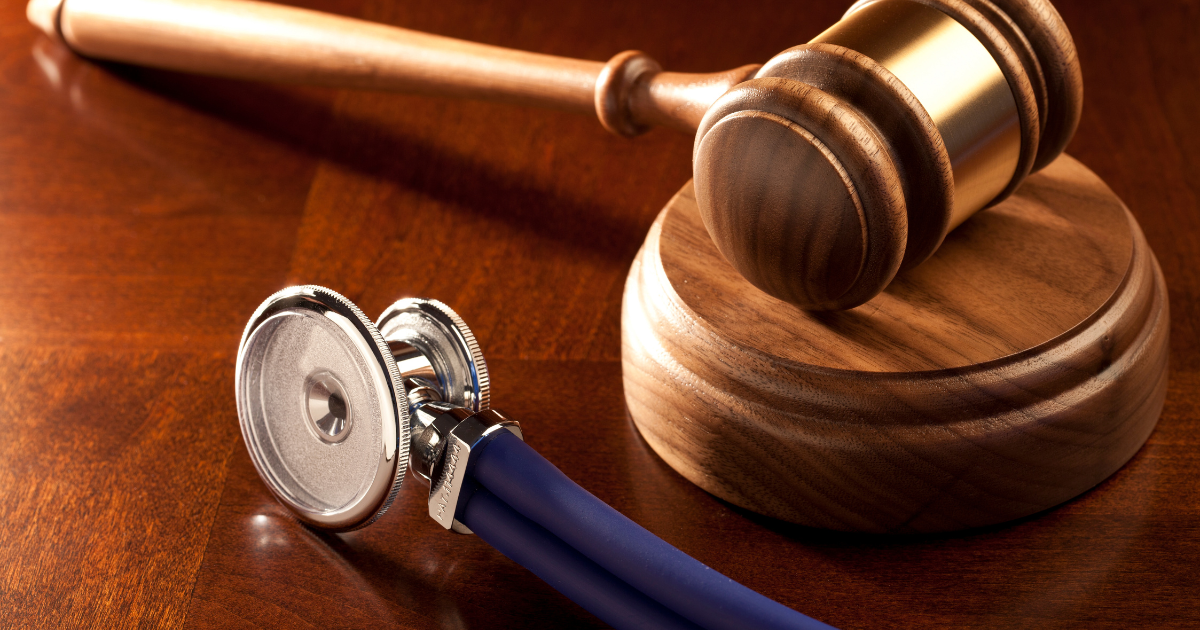Why am I using the term “explosion” to describe this medical issue? In recent years, including 2023 and the preceding years, we have witnessed a surge in terrorism, natural disasters, fires, floods, the return of war veterans, homelessness, and family conflicts. One of the common causes of death or injury among police officers is encounters with individuals suffering from mental illness. This holds true for NPs and PAs as well, as we frequently encounter patients with mental illness and need to be vigilant in recognizing signs and symptoms during patient histories.
The Mayo Clinic describes PTSD as a mental health condition that is triggered by a terrifying event, either experienced personally, observed, or witnessed. What are the symptoms? Problems such as nightmares, insomnia, flashbacks, anxiety, anger, as well as uncontrollable thoughts about the event. A subconscious and uncontrollable situation is a patient’s dream life. I have been retired for three years and, at least four times weekly, I have a dream about the operating room, my old partner in surgery, or the emergency room. After forty-seven years of clinical practice, I can discern why this happens to me and, therefore, to law enforcement officers, firefighters, veterans, nurses, and physicians. Depending on the nature of the dream, it can contribute to PTSD.
The genesis of these problems is legion, meaning they are multifactorial. Usually, people associate this condition with being veterans of war. Often, this is viewed as a weakness. This is tragically judgmental, because our valiant soldiers put themselves in harm’s way as members of our armed forces to protect and defend us. It is also of value to all of us to recognize that today’s society lends itself to many of these problems. We have seen an increase of violence in all our major cities, which has spilled over to children and teachers being wounded and killed while in the safety of their schools. The increase of violence caused by assault rifles has caused irreparable damage to students, teachers, school staff, and the parents of those attending the school. Other occupations that are subject to mental assault are firefighters, police officers, EMT’s, emergency room staff, psychiatric facility staff, survivors of transportation disasters, home fires, natural disasters, and family violence as well as sexual abuse.
What are symptoms of PTSD?
They can be broadly grouped into four categories:
- Intrusive memories
- Avoidance
- Major changes in thinking and mood
- Physical and emotional reactions
Studying these four categories can help individuals gain a better understanding of how PTSD presents itself. I encourage readers to conduct further research on the topic.
I can distinctly remember receiving a box of my old fatigues from Vietnam from a fellow soldier and, when I opened the box, the smell of the jungle environment was captured by my nostrils. The sense of smell is the strongest sense, and I had such a violent nightmare that my wife has never forgotten it. Was that a trigger for PTSD?
Intrusive memories
I can also remember having a fear of dark basements that continued into my adulthood. The causative factor was being locked in a coal bin at age four for more than three hours without anyone responding. I forgot the incident, but after being asked one night by my wife to get another comforter from our basement, fear suddenly gripped me. I prayed that God would reveal the source of my fear and, suddenly, I re-captured the history. As I thought intensely of that four-year-old, I changed the situation by turning on a light, which resulted in a healing of my memory. Today, I will go into any of your basements to recover an object without fear. Would that mean all effects of trauma can be resolved that easily? It is not the case.
Avoidance
Veterans avoid talking about or thinking about many of their encounters with the enemy. They may choose to avoid certain environments or activities that remind them of these terrors. This would hold true to law enforcement officer and firefighters.
Negative changes in thinking and mood: the feeling of hopelessness, becoming detached from society or developing close relationships because of fear of closure, as well as insomnia and anxiety.
Physical and emotional reactions
Becoming easily startled by a loud noise or explosion, becoming overprotective or paranoid, experiencing insomnia, unexplained anger, and lack of concentration all fall into this category. Our responsibility is to maintain an awareness of these symptoms and, when they are verbalized, to make a referral as soon as possible. All of these can culminate, if not anticipated by the patient or the clinician, in suicide and suicidal ideation. In case of an emergency, individuals should contact the suicide hotline (988), the Veterans’ Suicide hotline, or dial 911. If you discover this situation from your patient or member of your patient’s family, make sure that someone stays with the patient that is attempting suicide.
There are a plethora of other trauma that can cause PTSD which include rape, incarceration in a prison system, violent threats, cardiac arrest, prolonged ICU admissions, and being homeless. Medical conditions that can develop from PTSD include anxiety, depression, substance abuse, digestive problems, pain, diabetes.
Why is this article important for my PA and NP colleagues?
The medical profession has suffered from trauma since the Covid pandemic and has never recovered. The sequala of the pandemic on the system resulted in early professional retirement; nurses and physicians leaving their hospital jobs for other areas such as education, law, and administration. The backlog of patients has increased, and those who are still in the trenches are expected to see much larger patient loads in shorter times with an EMR that can distract from patient assessment. All these stressors can and do result in our not entertaining an expanded differential diagnosis, resulting in failure to diagnosis, which is still the number one reason for medical litigation. My heart goes out to those emergency medicine providers who in some institutions are writing orders, starting IVs, and giving medications in hallways where there is a lack of observation. This can easily result in a patient death if there is an adverse reaction to the medication in situations where the patient was not observed or monitored.
Under these situations of potential peril, it is incumbent on PAs and NPs to know everything about their employer’s liability insurance which covers their actions, but more compelling is to understand when that policy is not sufficient because of not following SOP in an institution that has become unaware of their practioners’ heavy daily responsibilities. If you feel insecure about this policy, then your recourse is to purchase your own personal liability insurance policy. I have had a personal insurance occurrence policy throughout my entire career and never regretted paying the price because if you are named in a litigation, you can be sure that you will have gained the prize by full coverage, all legal fees being paid for and securing some of the nation’s best defendant malpractice attorneys in the country.
Written For CM&F By: Robert M. Blumm, PA, DFAAPA, PA-C Emeritus
CM&F Clinical Advisor



